The world of technology is a rapidly changing one, with new advancements and innovations shaping our lives on a daily basis. From artificial intelligence and virtual reality to blockchain and Internet of Things, the modern tech landscape is a dynamic and multifaceted realm that continues to intrigue and amaze us. In this blog post, we will dive deep into the fascinating world of TechTalk trends, dissecting current conversations and exploring the future possibilities based on present observations.
Unveiling The Uncharted: A Journey Into TechTalk Trends
As technology continues to drive the world forward, staying informed about the latest trends and conversations is crucial. However, with numerous articles and perspectives already circulating, it becomes essential to traverse untrodden paths and offer fresh insights into the evolving tech landscape.
Unearthing The Current Trends and Conversations
- Artificial Intelligence (AI): AI is revolutionizing industries and transforming our lives in ways we never thought possible. From chatbots and virtual assistants to self-driving cars and predictive algorithms, AI is making significant strides and dominating tech conversations. Delving into the ongoing debates surrounding AI ethics and its impact on jobs gives us a glimpse into the complex nature of this trend.
- Blockchain : Beyond its association with cryptocurrencies like Bitcoin, the potential of blockchain technology is vast. As it gains prominence in sectors such as finance, supply chain management, and healthcare, exploring its implications and challenges becomes essential. Decentralization, transparency, and security are just a few aspects worth discussing in the realm of blockchain.
- Internet of Things (IoT): The interconnectedness of devices, sensors, and everyday objects is reshaping the way we live and interact with our surroundings. The IoT revolution is underway, paving the way for smart homes, intelligent cities, and industrial automation. Understanding the implications of IoT on privacy, security, and the future of work can be an eye-opening exploration.
- Augmented Reality (AR) and Virtual Reality (VR): AR and VR technologies are blurring the lines between the digital and physical worlds. The potential applications in gaming, education, healthcare, and entertainment industries are immense. Examining the current trends and challenges in this realm allows us to envision a future where virtual experiences are seamlessly integrated into our daily lives.
Contemplating The Future: A Glimpse into Tomorrow’s Tech
Based on the present observations and conversations, the future of technology holds incredible promise and endless possibilities. Here are a few futuristic outlooks worth considering:
- Mixed Reality: As AR and VR continue to evolve, the concept of mixed reality—a seamless blend of the real and virtual worlds—is gaining traction. Imagine a world where digital overlays and holographic projections become an integral part of our physical surroundings, revolutionizing education, entertainment, and communication.
- Quantum Computing: With the potential to solve problems that are currently unsolvable, quantum computing is poised to revolutionize industries such as drug discovery, finance, and encryption. As ongoing research and development continue, we can anticipate a future where quantum computers unlock new frontiers in scientific exploration and computational power.
- Smart Cities: The convergence of IoT, AI, and data analytics is paving the way for smart cities. These cities will be equipped with advanced infrastructure and technologies to enhance the quality of life for their residents. From sustainable energy solutions to efficient transportation systems, smart cities hold the promise of a more connected and sustainable future.
Embracing the Ever-Evolving Tech Landscape
As we delve into the fascinating world of TechTalk trends, it becomes clear that technology is not just a tool but an integral part of our present and future. By staying informed, embracing the latest advancements, and fostering a deeper understanding, we can actively participate in shaping the ever-evolving tech landscape. So let’s embark on this journey together, exploring the uncharted paths, and witnessing the transformative power of technology unfold before our eyes.
Join the conversation, and be a part of the revolution.
Welcome to the world of TechTalk trends!
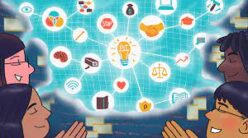

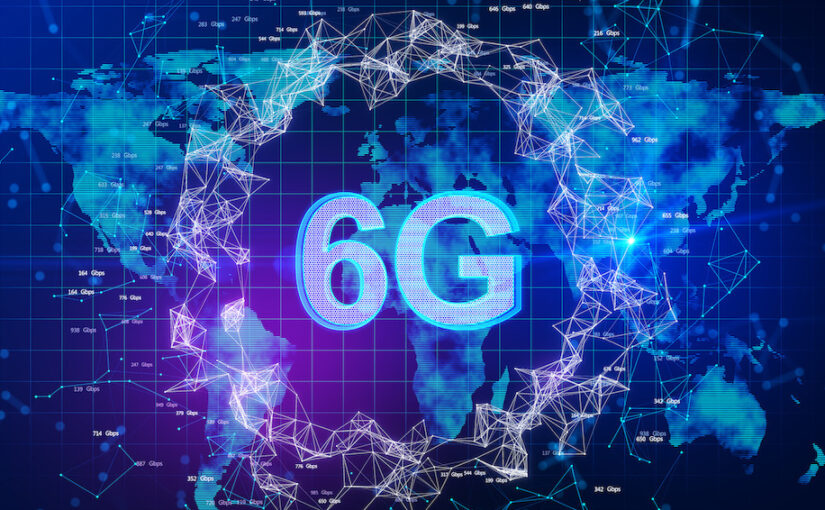
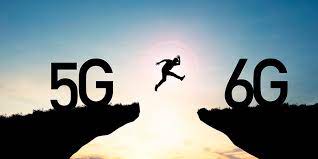 From 5G to 6G
From 5G to 6G Potential Features of 6G
Potential Features of 6G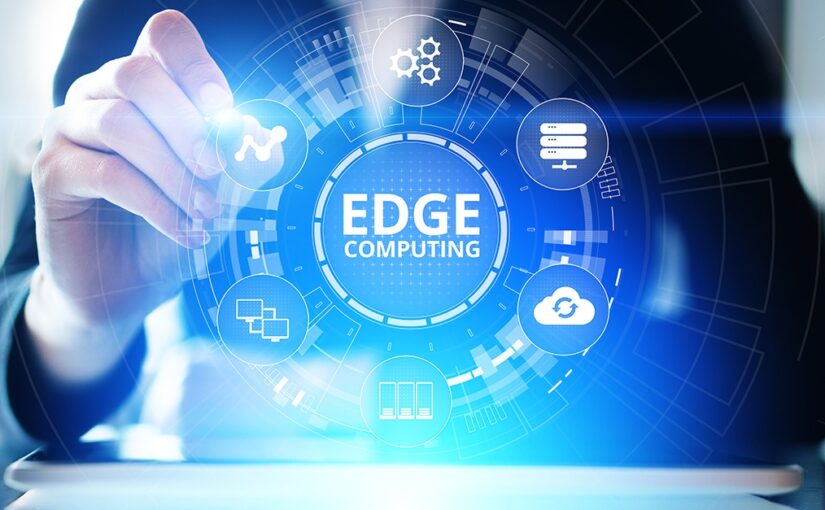
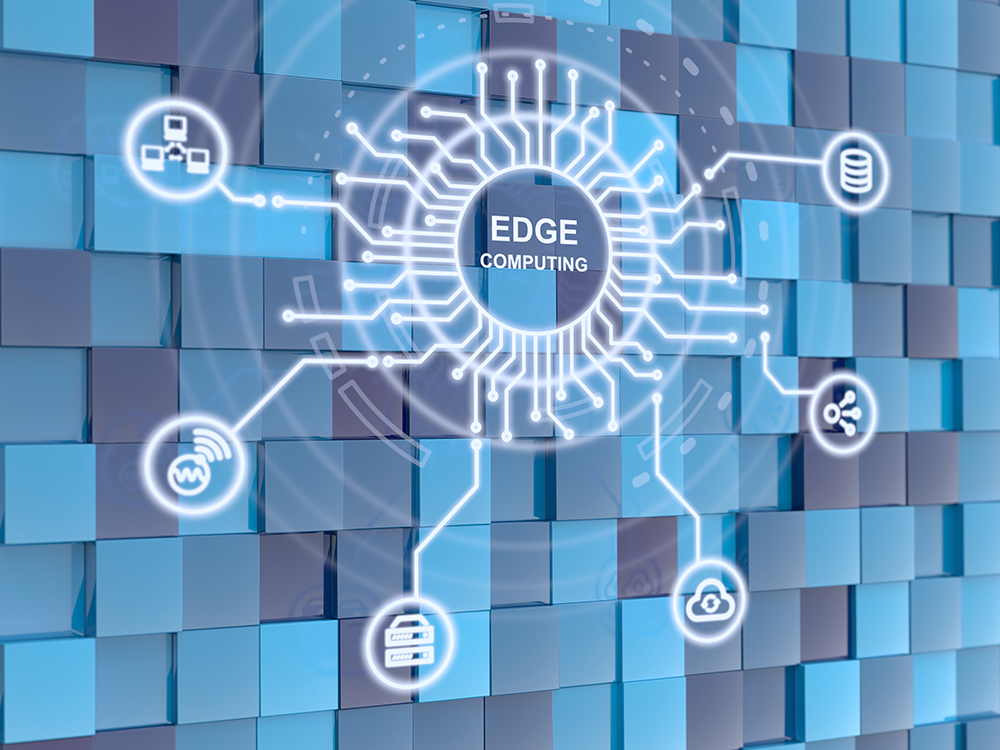
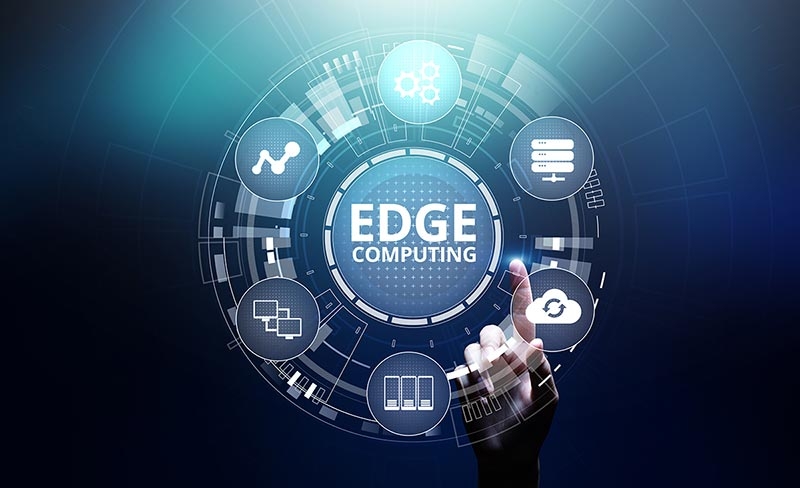 The Benefits of Edge Computing
The Benefits of Edge Computing